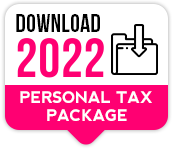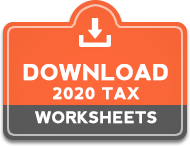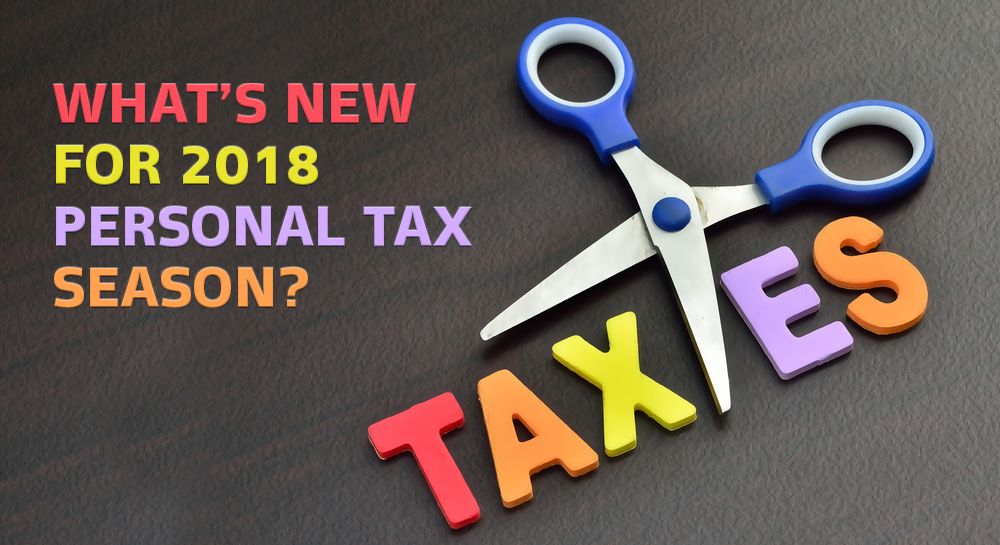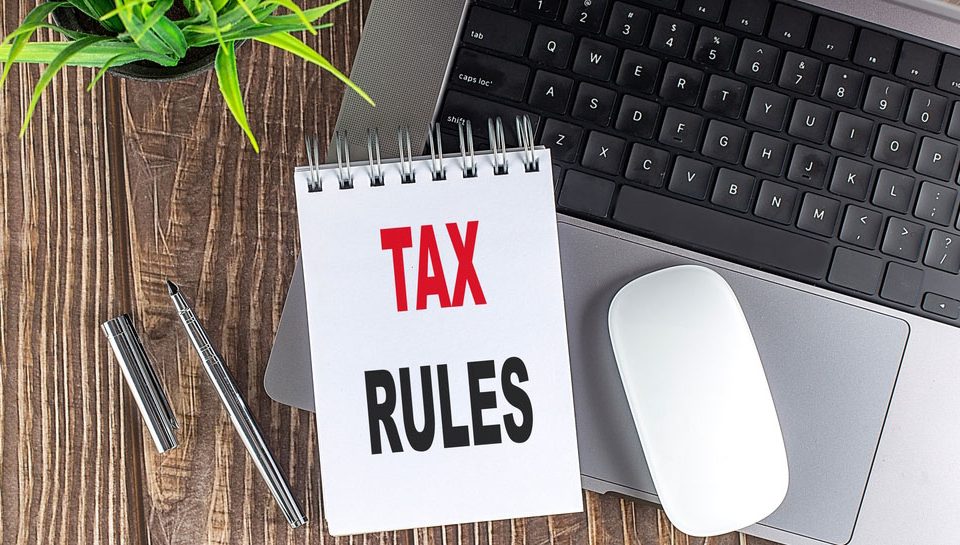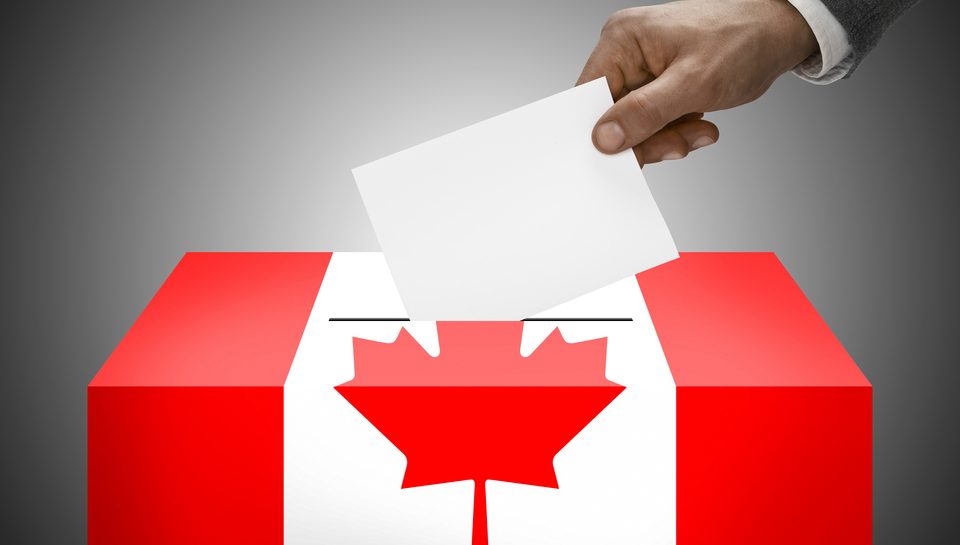
Why bookkeeping is important for businesses!
February 19, 2019
Commentary on the Federal Budget 2019
March 23, 2019Canada Revenue Agency Payment Options
CRA My Payment
Our top recommendation for paying any tax balance is through CRA’s “My Payment” function that allows you to pay online with your debit card or online banking.
You can access the My Payment function on CRA’s website at:
https://www.canada.ca/en/revenue-agency/services/eservices/payment-save-time-pay-online.html
Select the “Pay Now” button to start the payment process. My Payment allows you to make a payment in one simple online transaction using your financial institution’s secure online banking service. You can use this service if you have a debit card or access to online banking (available for most large banks and credit unions). You can easily select the year to which the payment relates, and you will be provided with an automatic online confirmation that the payment has been accepted.
Financial Institution
Alternatively, you can contact your financial institution or visit the institution’s website to see the services offered to make a payment online or over the telephone. Most financial institutions allow you to select the CRA as a payee in their online bill payment section using your Social Insurance Number. You can often schedule future dated payments.
You may also make your payment in person at your financial institution free of charge. You will be asked to present your remittance voucher (T7DR(A)) with your payment to the teller. The teller will return the top part to you as a receipt. You can find your remittance voucher included in your Hendry Warren final tax package.
For more information please contact your financial institution or visit the CRA’s website at https://www.canada.ca/en/revenue-agency/services/make-a-payment-canada-revenueagency/make-payment/general-payment.html
Click on “Pay by online banking”.
Phased Out and Eliminated Tax Credits
The Children’s Fitness Credit and Children’s Arts Credit were eliminated for 2017 and future years. Previously, these credits were available for a taxpayer who paid for fitness and arts related expenses for their children.
The federal Public Transit Tax Credit was eliminated in 2017.
The federal Education and Textbooks Tax Credits were eliminated in 2017. However, actual tuition fees paid remain eligible for the Federal Tuition Tax Credit. The federal Education and Textbooks Tax Credits were available for all students attending post-secondary education on a full or part-time basis.
The First-Time Donor’s Super Credit was eliminated in 2017. The First-Time Donor’s Super Credit supplemented the value of the Charitable Donations Tax Credit by 25% on donations made by a “first-time donor”.
New Tax Changes
Accelerated Capital Cost Allowance Rates
An accelerated write-off of capital equipment through capital cost allowance (tax depreciation) (CCA) will be available for self-employed Canadians or those with rental properties on any capital property acquired by the taxpayer after November 20, 2018. The acceleration of CCA claims will be accomplished by removing the general requirement to claim only 50% of the amount of CCA in the year of acquisition and by introducing a gross-up of the basis upon which CCA is determined for the year of acquisition. The gross-up rates and accelerated CCA rates will vary by class.
Child Care Expense Deduction
Child care expenses can be claimed as a deduction if they are incurred for the purpose of enabling the taxpayer to perform employment duties or carry on a business. When thinking about what qualifies as an eligible child care expense, costs for daycare, nursery school, before and after school programs, or costs for a nanny come to mind. In limited circumstances other costs such as tutoring classes, chess programs, ski classes or other classes could qualify. If you incur these other child care costs and they allow you to work full time or run your business, they may qualify as child care expenses.
Principal Residence Exemption (PRE)
The PRE allows homeowners to shelter the capital gain on the sale of one personal residence (including a cottage or seasonal home) from tax. You can designate one property per year for this purpose, to the extent that the property has been “ordinarily inhabited” in that year. Generally, when the PRE eliminated the entire gain from the sale of a personal residence, this disposition was not required to be reported on a personal tax return. Effective for 2016 and future taxation years, the sale of a personal residence must be reported on a tax return in order to claim the PRE. A deemed disposition of a personal residence (for example, the change in use from a personal residence to a rental property) is also impacted by this change. If the disposition of a principal residence is not reported you may amend your return at a later time to report the disposition and claim the PRE, however, a late filing penalty may apply, calculated at $100 for each month the reporting is late or $8,000, whichever calculation is less. Given the substantial penalties it is important to report all dispositions of PREs.
Home Accessibility Tax Credit (HATC)
Individuals 65 years of age or older (at the end of 2018) or individuals who are eligible to claim the disability tax credit are eligible to claim the HATC which is a federal non-refundable tax credit on eligible home renovations which improve the safety and/or accessibility of their home. A maximum of $10,000 per year in qualifying expenses can be claimed resulting in a maximum tax credit of $1,500 ($10,000 x 15%).
First-Time Home Buyers’ Tax Credit (HBTC)
The HBTC is a federal non-refundable tax credit available to eligible first-time homebuyers and is claimed on your personal tax return. If you or your spouse or common-law partner acquired a home in 2018 that you intend to occupy and did not live in another home owned by you or your spouse or common-law partner in 2018 or in any of the four preceding years you may be eligible for the HBTC. The maximum HBTC is worth $750 ($5,000 x 15%).
Registered Retirement Savings Plan (RRSP):
Your annual RRSP deduction limit is calculated as the lesser of 18% of earned income and the contribution limit for the given year. The maximum RRSP contribution limit for 2017 and 2018 is $26,230 and $26,500, respectively. If you did not fully use your RRSP deduction limit for previous years, you can carry forward the unused balance. We recommend that you refer to your personal notice of assessment for the 2018 taxation year once received which outlines what your RRSP room is for 2019. The CRA charges a tax of 1% per month on excess contributions to RRSPs so it is important to confirm your available RRSP contribution room before making contributions.
Tax Free Savings Account (TFSA)
A TFSA is a registered savings account that allows individuals to earn investment income taxfree. Contributions to the account are not deductible for income tax purposes and withdrawals of contributions and earnings from the account are also not taxable. The TFSA contribution room is increased annually on January 1. On January 1, 2019 TFSA contribution room was increased by $6,000. If you have never contributed into your TFSA, your available room would be $63,500. The CRA charges a tax of 1% per month on excess contributions to TFSAs so it is important to confirm your available TFSA contribution room before making contributions.
ADMINISTRATIVE DETAILS FOR 2018
Canada Revenue Agency “My Account” and Online Services
CRA’s “My Account” is a service that allows taxpayers to access information about their tax account, including status of refunds, access to previously filed returns and notices of assessment, and the ability check benefit and credit payments. The service also provides information about annual RRSP limits, TFSA limits and allows taxpayers to set up direct deposit.
For more information on My Account and instructions on how to register, please visit the CRA website at www.cra-arc.gc.ca, and select “Log-in/Register”. Once you have registered for My Account you will be eligible to receive notices of activity on your account via email from the CRA, if you have agreed to supply them with a valid email.
Direct Deposit Requirement
The Government of Canada has begun the phasing out of federal government cheques. Avoid delays in receiving refunds and other payments by registering today. To register for direct deposit, please visit www.cra-arc.gc.ca/directdeposit.
